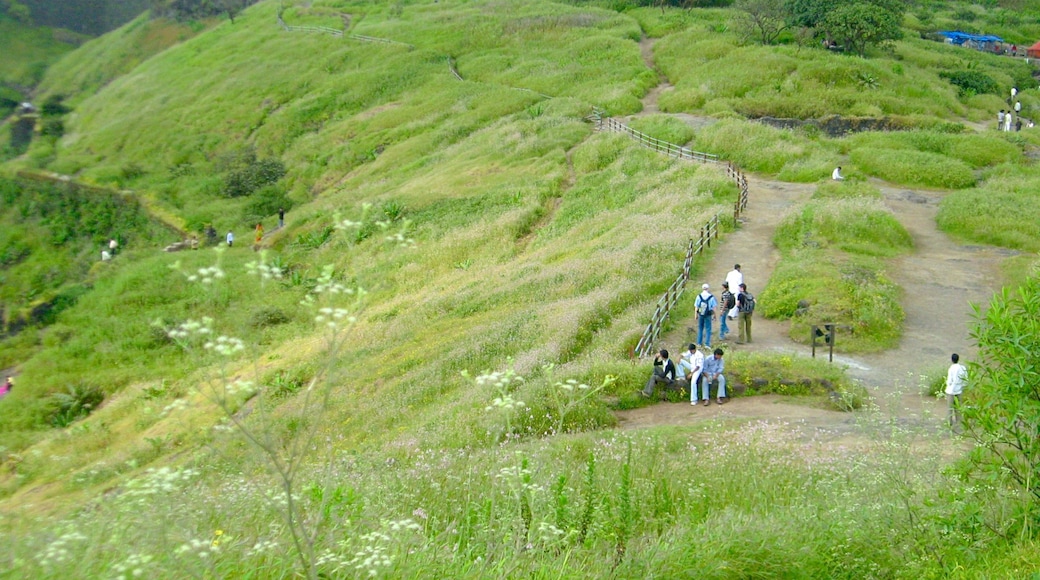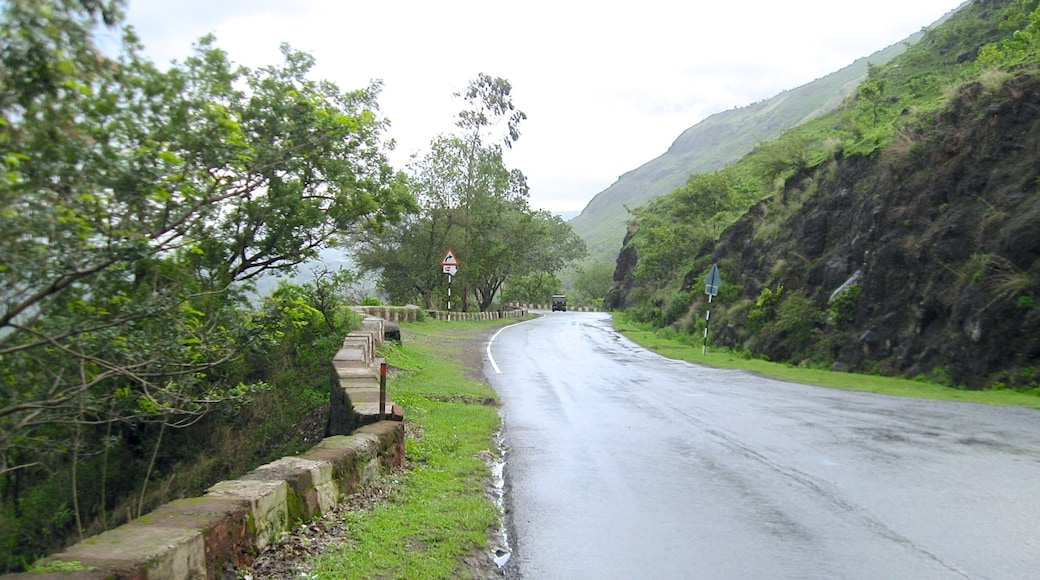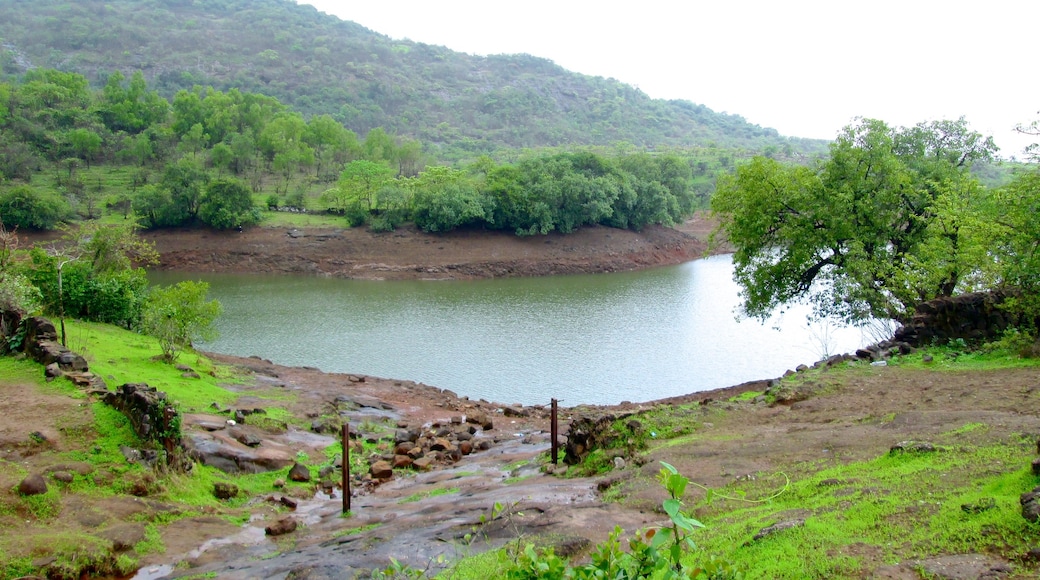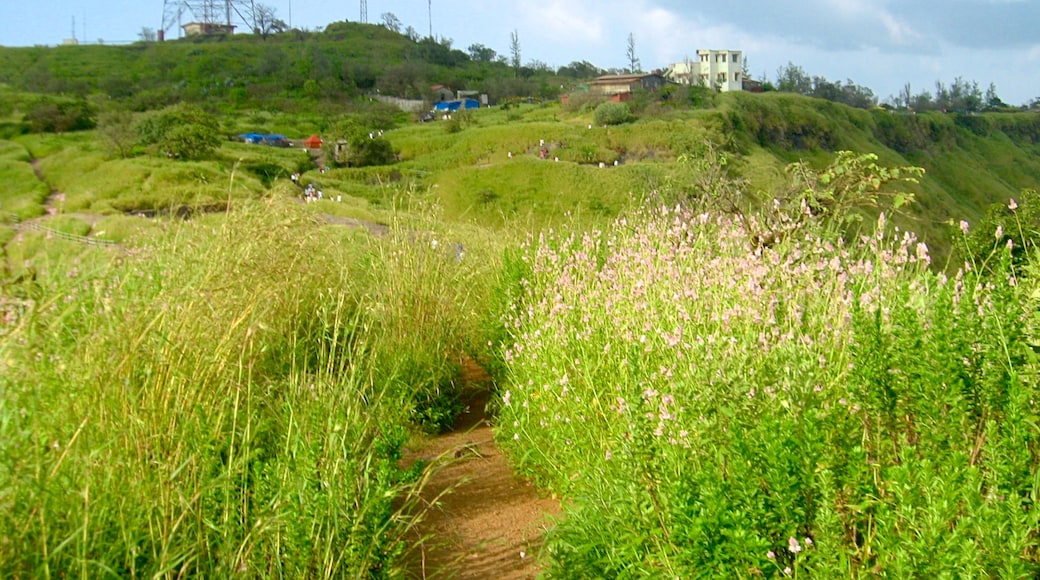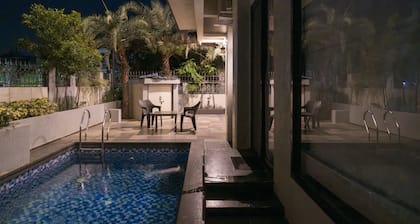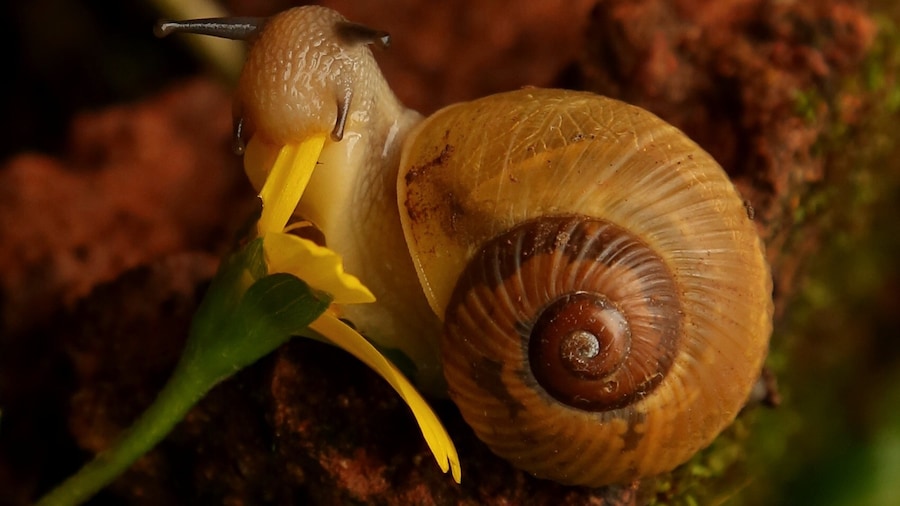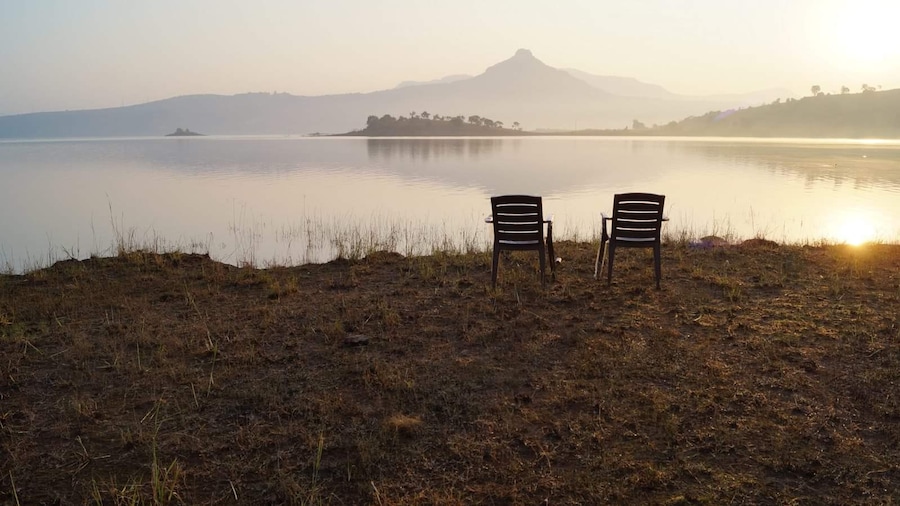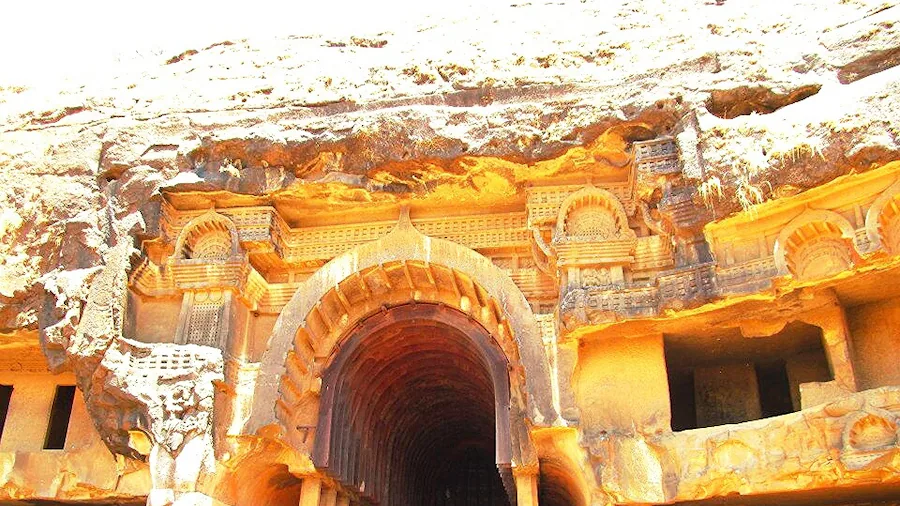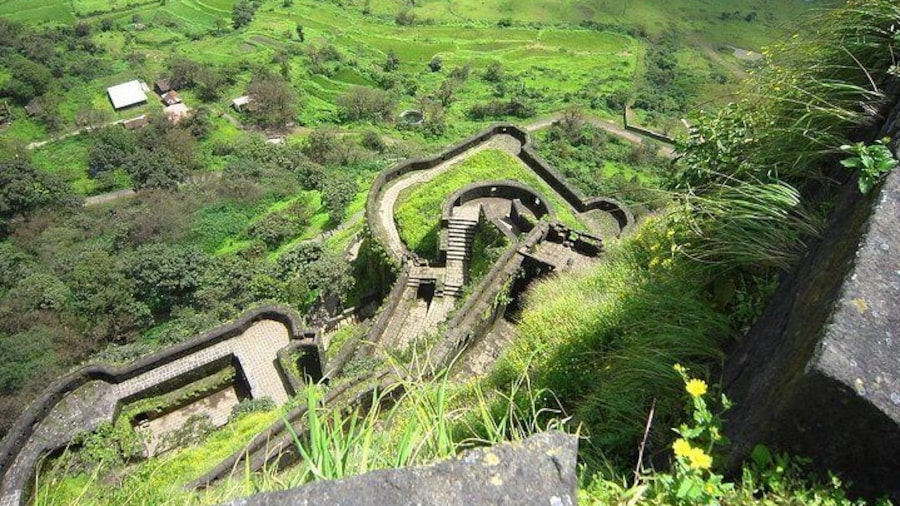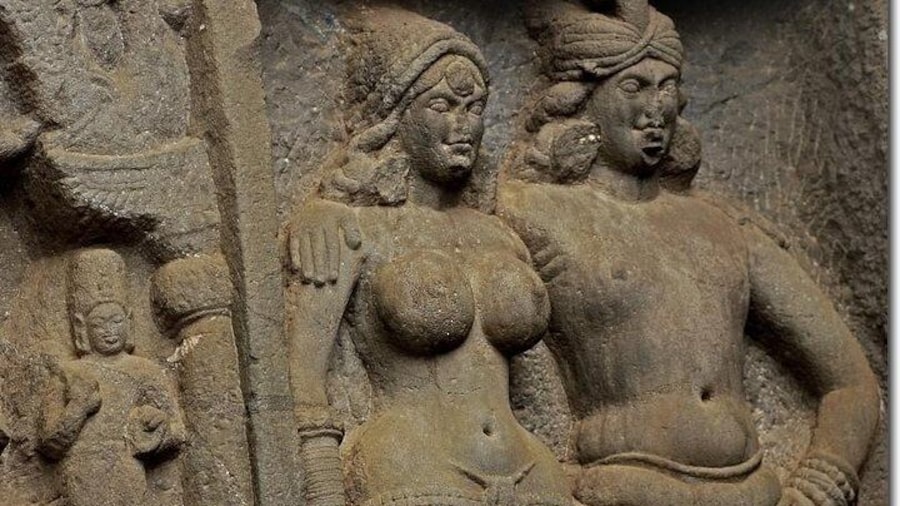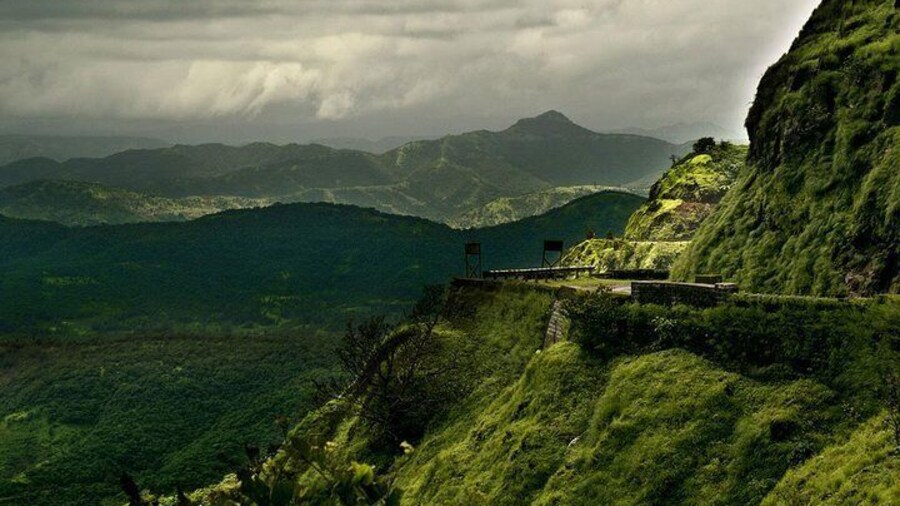Explore the hills, valleys, waterfalls and caves that Lonavala is known for. Situated at an altitude of 2,050 feet (650 metres), the popular hill town is surrounded by spectacular scenery.
Lonavala’s name comes from the Sanskrit word for cave, “lonavli”, as there are many throughout the area. Investigate Bhaja Caves that were carved out by Buddhist nuns approximately 2,000 years ago. The cavernous spaces contain carved reliefs, statues, a monastery and stupas. These are dome-shaped shrines that were built to contain Buddhist relics. Inside Karla Caves, find some of India's largest rock-cut Buddhist shrines and a prayer hall with 37 huge octagonal pillars.
Outdoor lovers should trek to Tiger’s Leap for extensive views of the valley below and the countryside around Lonavala. The cliff top has a drop of approximately 2,130 feet (650 metres) and during the monsoon season there is a small waterfall here. Pack a picnic and head to Tungarli Lake. This attractive man-made body of water is a popular recreation spot that serves Lonavala with some of its drinking water.
Wander through Ryewood Park, a large green expanse with play areas for children. While you are here, check out the old Shiva temple.
If you are in Lonavala during monsoon season, which lasts from July to September, go to the Bhushi Dam. When the dam overflows, water gushes over steps and a stony path. This event attracts crowds who come to splash in the overflowing water.
For some amusement, look inside the Celebrity Wax Museum. On display are life-size wax sculptures of famous Indian and international figures from history and the present day.
The Mumbai-Pune Expressway is both the quickest and most beautiful way to get to Lonavala. The 6-lane road corridor is surrounded by forests and mountains, providing an early introduction to the area’s natural splendour. Lonavala also has its own railway station.

